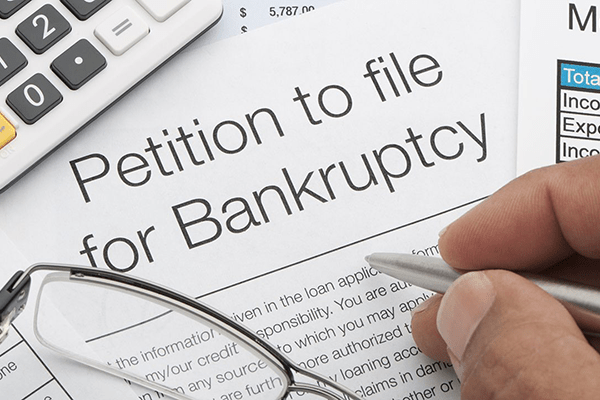Navigating a Post-Lockdown Landscape May Require New Ways Of Thinking About Bankruptcy Protection
By Scott Ugell
As the pandemic continues to disrupt the US economy, people, small business owners are facing unprecedented uncertainty. Small businesses, which have been amongst the hardest hit, are trying to determine when and how to reopen – if to reopen at all. For some, it may not be as simple as putting the lights on again.
The legal guidelines in the recently enacted “SBRA” Small Business Recovery Act of 2019, commonly known as Sub Chapter 5, are crucial for businesses that may need to restructure to back to business. The new Bankruptcy Code provides for a more compact and easier version of Chapter 11 Reorganizations for small business corporate and individual debtors.
Many businesses have applied for help from the US government’s CARES ACT stimulus bill by applying for the Payroll Protection Plan (PPP). This money begins as a loan through the Small Business Administration, and can be forgiven at a later date.
What should a business do if it received PPP loan funds but ultimately decides not to reopen?
 A strongly recommended option is to make arrangements to return the money or face the consequence of being obligated to pay that money back. The business owner could ultimately be responsible to repay the money if the funds were not used per the rules of the program.
A strongly recommended option is to make arrangements to return the money or face the consequence of being obligated to pay that money back. The business owner could ultimately be responsible to repay the money if the funds were not used per the rules of the program.
In light of the need to navigate uncharted territory, many small business owners are wondering about
the new bankruptcy statute, Chapter 5. How can it protect them? And if bankruptcy can provide them with a window of time in order to develop a realistic plan going forward.
Filing a Chapter 5 requires time to prepare its very specific filing requirements. Chapter 5 was designed to provide a much shorter window of time to file a reorganization plan, in contrast to a traditional Chapter 11 filing.
In a traditional Chapter 11 filing, a plan must be filed within 300 days of the Order under Section 362 which provides the automatic stay. In the Sub Chapter 5, a plan must be filed within 90 days of the Order. If the debtor fails to file by the deadline, the case can be dismissed as against the debtor, and the automatic stay is automatically vacated.
When trying to determine the paramount issues to be eligible for the Sub Chapter 5, a prospective petitioner/debtor must be able to have a competent accounting professional prepare a balance sheet demonstrating how the business could successfully continue as a “going concern” into the future. The business must be able to pay its ongoing operating expenses, and if necessary, have the additional resources needed to pay existing potential “antecedent” debt or arrears.
Many contractual obligations can be adjusted, which would modify proposed calculations on the balance sheet. One such procedure that adjusts both the asset as well as the debt side of a business’s balance sheet on a financial statement is the process of the cramdown.
What is a cramdown and what does it do for the debtor?
A “cramdown” is available in Sub Chapter 5 as a legal way to reduce the amount of indebtedness of a specific debt obligation for both secured debt and unsecured debt. The asset could be a piece of equipment, or it could also be a parcel of real estate, although it is important to distinguish that a “Single Asset Real Estate Company” is not eligible under Sub Chapter 5. By utilizing the cramdown motion, the amount due on a loan secured by an asset can be reduced to equal the value of the actual asset. As such, if a debtor owes $500 on a piece of manufacturing equipment, and the actual value of that piece of equipment is truly only $200, an adjustment can be requested to reflect the true value of the equipment. Therefore, the business have less debt, still have the equipment they need to make their product or offer their services and the ability to a plan is greatly increased.
Why is the potential of a cramdown important to the average small business owner?
By reducing the size of the debt of fixed costs such as the financing of existing equipment or the loan on the building where the business operates to actual value, cost of servicing that debt is significantly reduced, increasing the capability of the business’s cash flow to support continued operation. Utilizing the cramdown also helps by allowing for a reduction in how vendors would have to be paid in such a plan.
However, if a proposed Sub Chapter 5 plan involves the use of the cramdown motion, the debtor would not be eligible for the official bankruptcy discharge until the final payment is made under the plan. In the event that a plan is confirmed by the court without the use of a cramdown, the debtor gets their discharge once the plan is confirmed.
Scott B. Ugell is an attorney at the Ugell law firm, P.C. in New City, NY. 845-639-7011 x101









